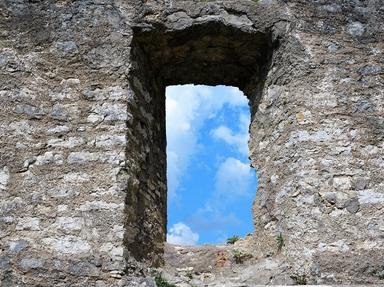Quiz Answer Key and Fun Facts
1. Finnish reindeer live mainly in the northern region of Lapland, where Santa Claus also has his home. What do reindeer eat during the winter months?
2. Finland's largest herbivore, the moose (or elk) is commonly found in most parts of the country. What makes these animals particularly dangerous to people?
3. Finland's national animal, the brown bear, is the king of the country's extensive forests. The subspecies of brown bear found in Finland is the largest.
4. A subspecies of the Eurasian lynx is found in Finland in relatively healthy numbers. Which graceful ungulate, introduced from North America in the 1930s, is one of their favourite preys?
5. The heraldic animal of the western region of Ostrobothnia, ermine is the name given to which small carnivore in its winter coat?
6. Finland is home to one of the world's rarest mammals, a subspecies of the ringed seal that lives exclusively in which body of water - Finland's largest lake?
7. The males of this large game bird are known for their elaborate courtship displays, as shown in the photo. What is its most commonly used name?
8. Also known as the Lapland owl and the Phantom of the North, this bird of prey with distinctive facial plumage is the world's largest owl by length. What species am I referring to?
9. Cygnus cygnus is Finland's national bird, often depicted on currency and company logos. By what name (a reference to its deep, honking call) is this beautiful creature known?
10. No quiz about Finnish fauna would be complete without mentioning fish. What large, aggressive fish, whose common name is suggestive of its shape, is mentioned in the "Kalevala", the Finnish national poem?
Source: Author
LadyNym
This quiz was reviewed by FunTrivia editor
rossian before going online.
Any errors found in FunTrivia content are routinely corrected through our feedback system.
